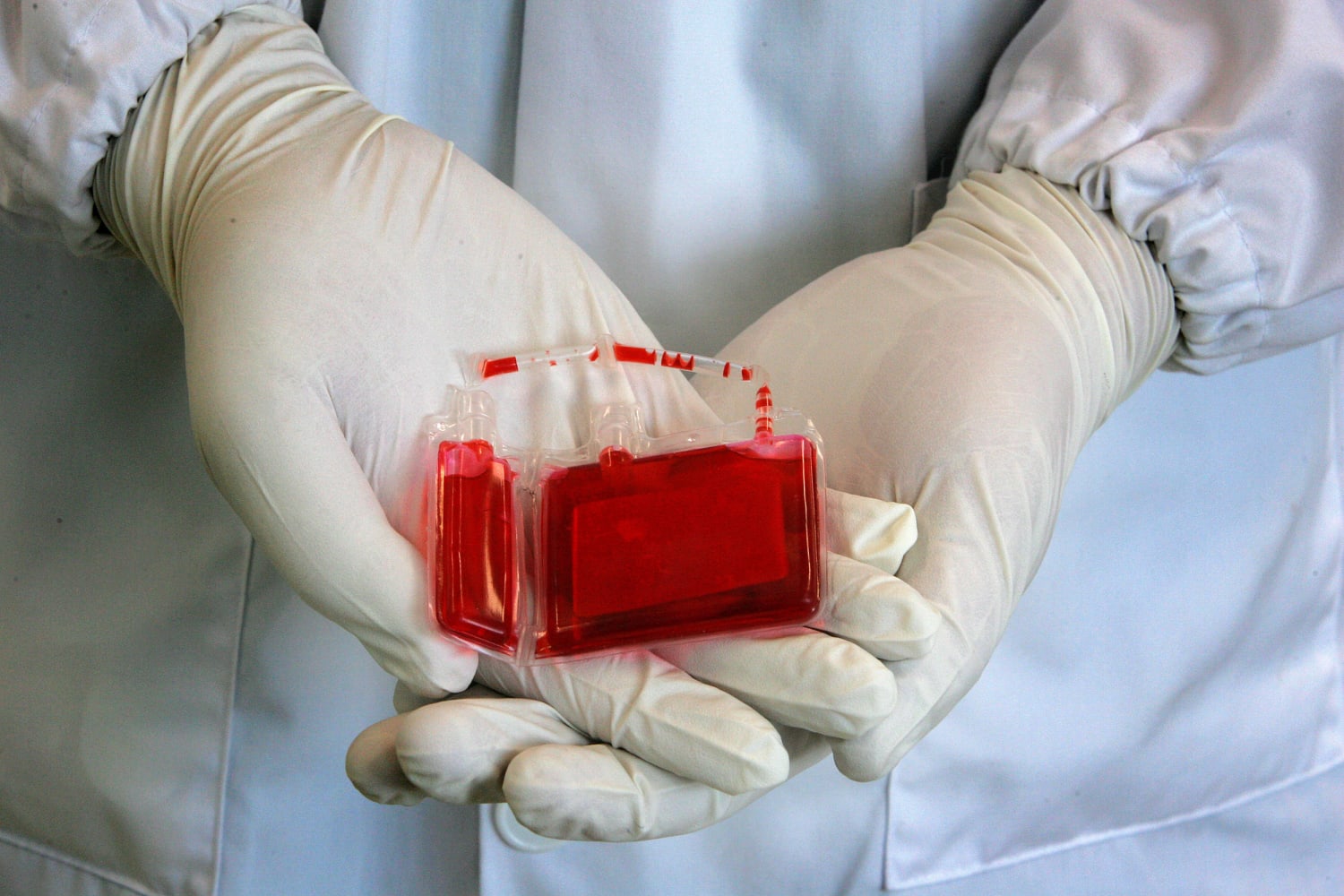In Singapore, cord blood banking has become an important option for families seeking to preserve a newborn’s stem cells for potential future medical use. Cord blood, collected from the umbilical cord and placenta after birth, is rich in hematopoietic stem cells—special cells capable of regenerating blood and immune systems. These cells can treat over 80 diseases, including blood cancers, immune deficiencies, and genetic disorders.
The Singapore Cord Blood Bank (SCBB), established in 2005, is the country’s only public, non-profit cord blood bank. It collects, processes, tests, and stores donated cord blood units that are made available to patients in Singapore and around the world who need stem cell transplants but lack a suitable bone marrow match. Public donation is free, and it can potentially save the life of any patient in need.

For families who prefer exclusive access to their child’s cord blood, private banks like Cordlife and StemCord offer personal storage services for a fee. These facilities provide long-term preservation, higher cell recovery methods, and global shipment capabilities in case the cord blood is needed for treatment overseas.
Choosing between public and private banking depends on individual priorities—public banking contributes to a shared life-saving resource, while private banking offers a personal safety net for the family.
With medical research advancing rapidly, the potential uses of cord blood are expected to grow, possibly extending into regenerative therapies for conditions like cerebral palsy or diabetes. In Singapore, both public and private options ensure that this once-discarded resource is now a valuable tool in the fight against disease—helping secure a healthier future for generations to come.




.jpg)
Comments